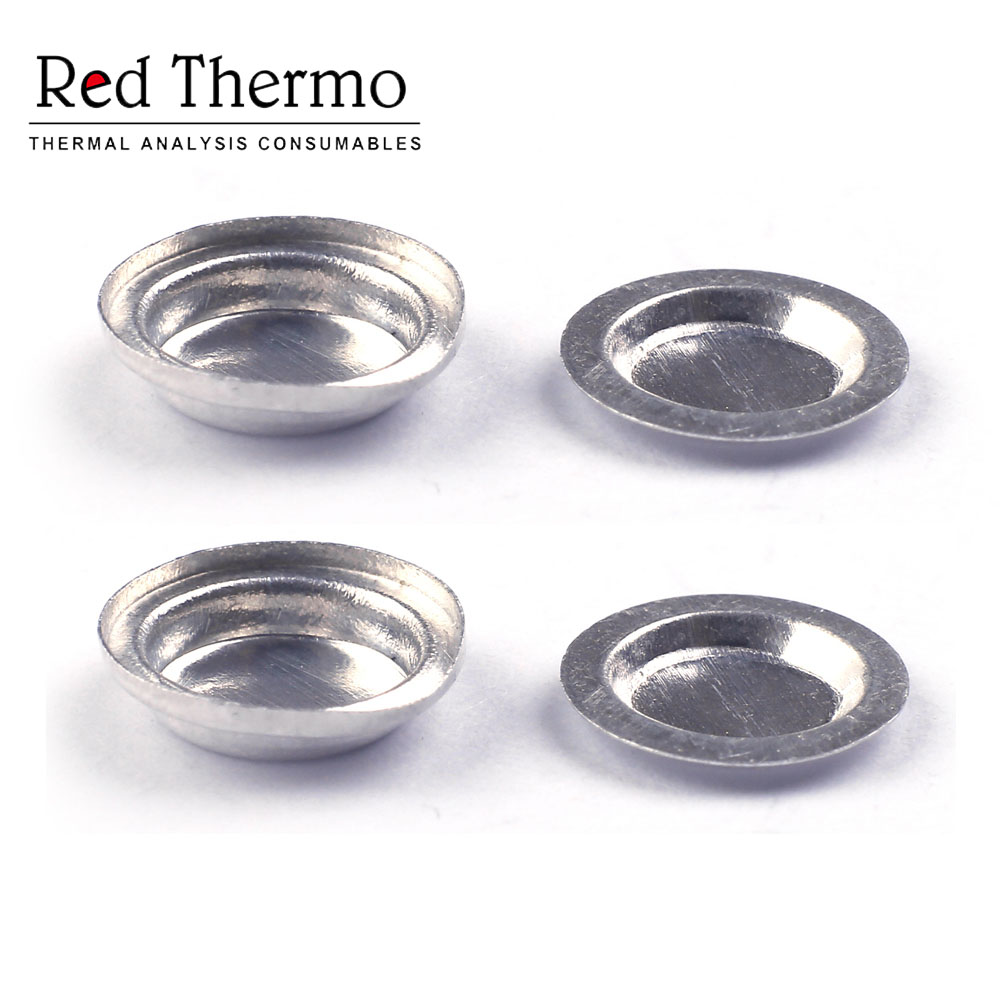Your cart is empty.
shop now
Your cart is empty.
shop now
Differential scanning calorimetry (DSC) is a powerful analytical technique that has become an essential tool in the field of polymer analysis. This technique measures the heat flow into or out of a sample as it is subjected to controlled heating or cooling. By analyzing this heat flow, DSC provides valuable insights into the thermal behavior of polymers, including their phase transitions, glass transitions, melting points, and other thermal events.
The underlying principle of DSC is that when a polymer undergoes a thermal event, such as a phase change or a chemical reaction, it either absorbs or releases heat. The DSC instrument measures the difference in heat flow between the sample and a reference material, which is typically an empty pan or a material with a well-known thermal behavior. This difference in heat flow is then plotted against temperature or time, resulting in a DSC curve that reveals the thermal characteristics of the polymer sample.
The information obtained from DSC analysis is crucial for understanding the structure, properties, and performance of polymers. It allows researchers and engineers to identify the optimal processing conditions, detect impurities or defects, and monitor the stability and aging of polymer materials. By leveraging the power of DSC, polymer scientists can make informed decisions during product development, quality control, and material selection, ultimately enhancing the performance and reliability of polymer-based products.

Crucibles play a vital role in the success of DSC experiments, particularly in polymer analysis. These small, specialized containers hold the sample and reference material during the thermal analysis process, ensuring accurate and reproducible results.
The choice of crucible can have a significant impact on the quality and reliability of DSC data. The material, size, and design of the crucible can influence factors such as heat transfer, sample-crucible interaction, and the overall thermal behavior of the system. Poorly designed or low-quality crucibles can introduce errors, artifacts, and inconsistencies in the DSC measurements, leading to inaccurate interpretations of the polymer's thermal properties.
Conversely, high-quality crucibles that are optimized for DSC applications can enhance the sensitivity, resolution, and reproducibility of the measurements. By selecting the appropriate crucible, researchers can minimize the impact of factors like heat capacity, thermal conductivity, and surface area on the DSC data, allowing them to obtain reliable and insightful information about the polymer's thermal characteristics.
When it comes to DSC experiments, there are several types of crucibles available, each with its own unique characteristics and applications. The most common types of crucibles used in polymer analysis include:
1. Open crucibles: These are the simplest and most basic type of crucibles, featuring an open top design that allows for easy sample loading and visual observation during the experiment. Open crucibles are often made of aluminum or other metals and are suitable for a wide range of polymer samples, particularly those that do not undergo significant volume changes or volatile reactions during heating.
2. Hermetically sealed crucibles: Hermetically sealed crucibles, also known as high-pressure crucibles, feature a tightly sealed lid that prevents the escape of volatile components from the sample. This design is particularly useful for analyzing polymers that undergo decomposition, evaporation, or other reactions that could lead to sample loss during heating. Hermetically sealed crucibles are typically made of materials like stainless steel or aluminum and can withstand higher pressures and temperatures.
3. Perforated crucibles: Perforated crucibles have small holes or vents in the lid or body, allowing for the controlled release of volatile substances during the DSC experiment. This design is beneficial for analyzing polymers that undergo significant volume changes or produce gaseous byproducts during thermal events. The perforations help to maintain a stable sample environment and prevent pressure buildup within the crucible.
4. Specialty crucibles: In addition to the standard open, hermetically sealed, and perforated crucibles, there are also specialty crucibles designed for specific applications or sample types. These may include crucibles with unique shapes, materials, or features tailored to the requirements of the polymer being analyzed, such as crucibles with enhanced thermal conductivity or crucibles with specialized coatings to minimize sample-crucible interactions.
The choice of crucible type depends on the specific characteristics and behavior of the polymer sample, as well as the research objectives and experimental conditions. By selecting the appropriate crucible, researchers can optimize the DSC analysis and obtain reliable, high-quality data for their polymer studies.
In the realm of polymer analysis, the role of thermal analysis crucibles cannot be overstated. These specialized containers are the unsung heroes that enable the power of differential scanning calorimetry (DSC) to unlock the secrets of polymer thermal behavior.